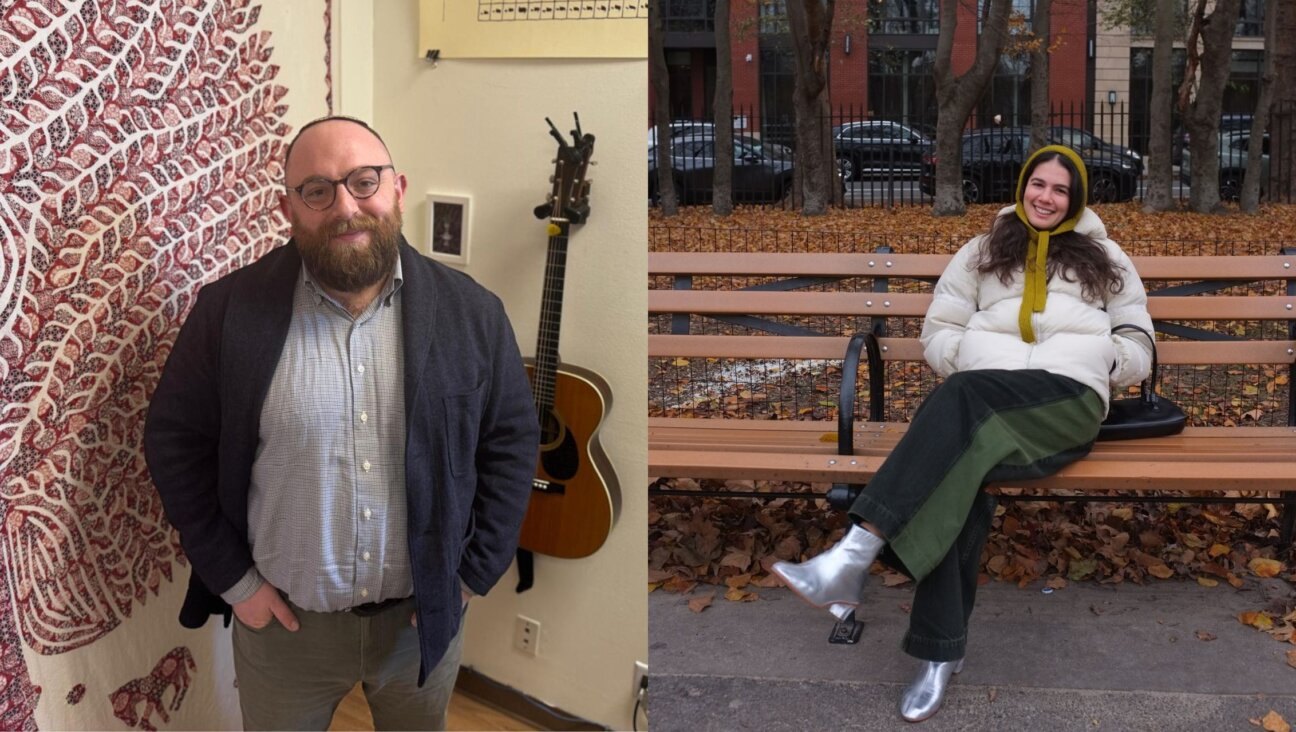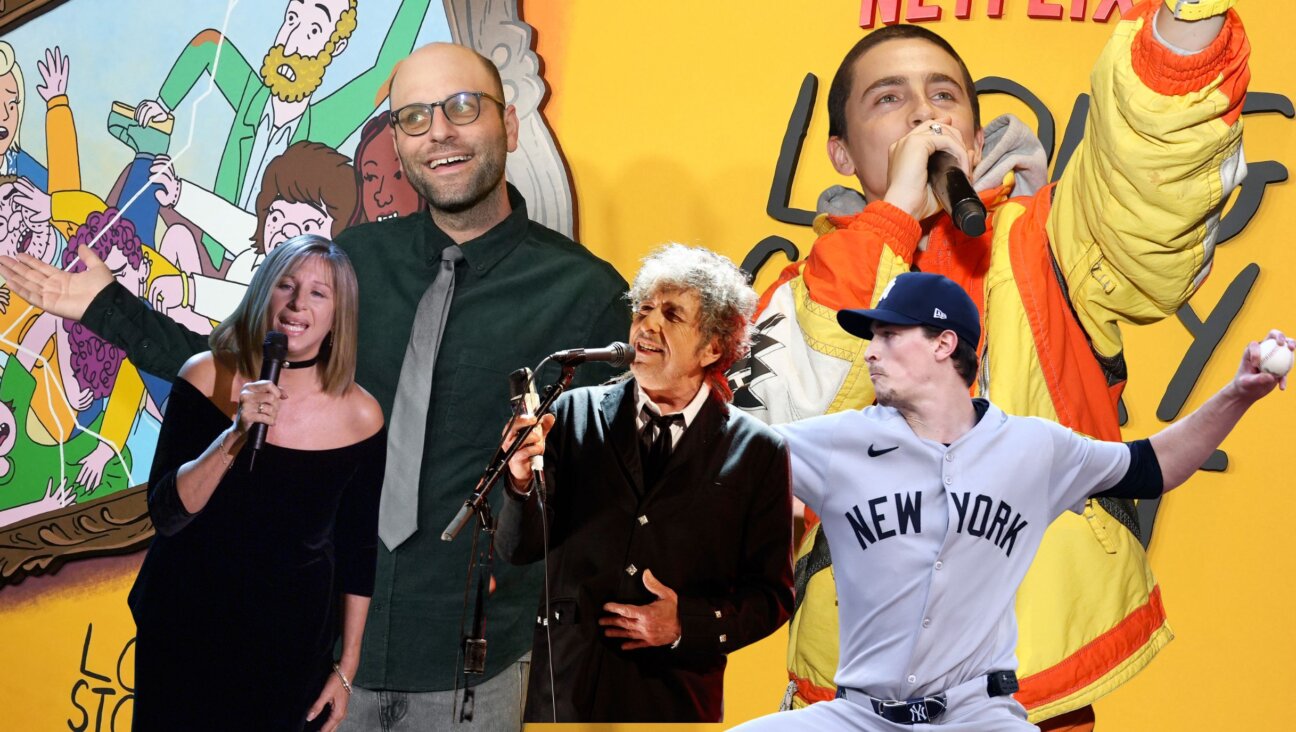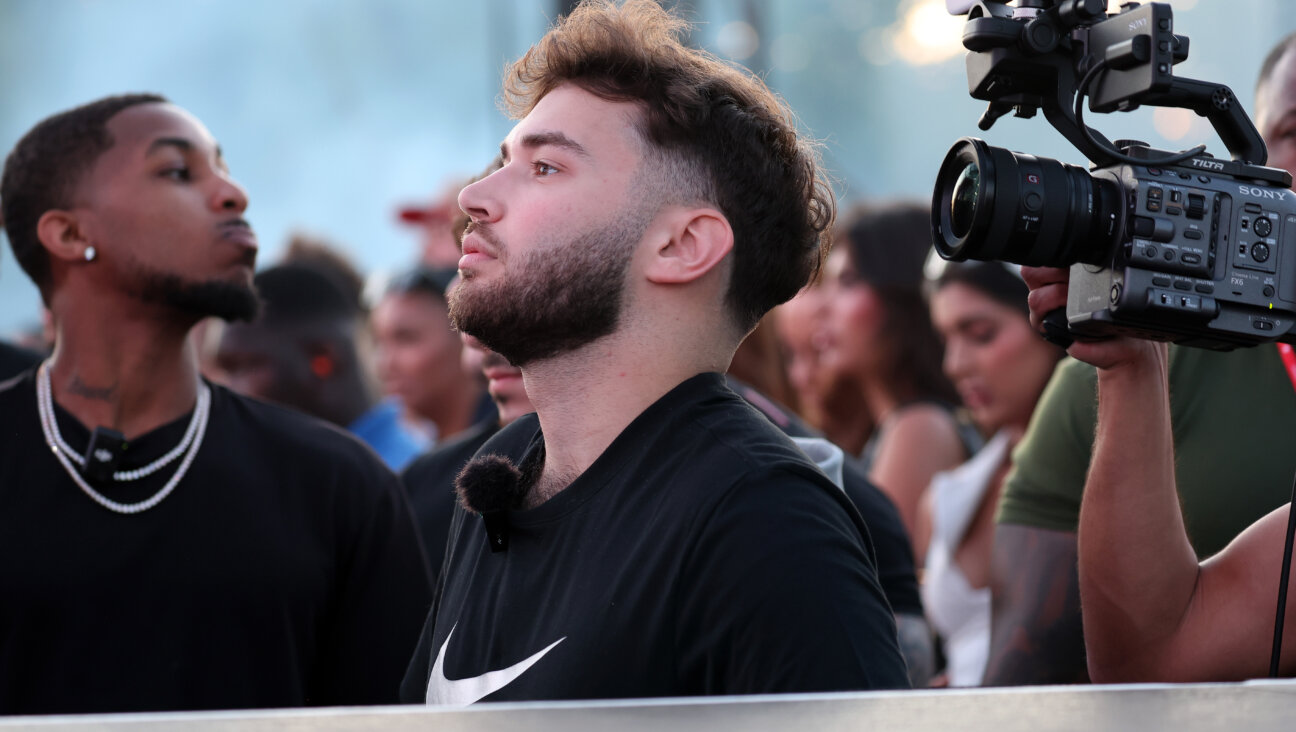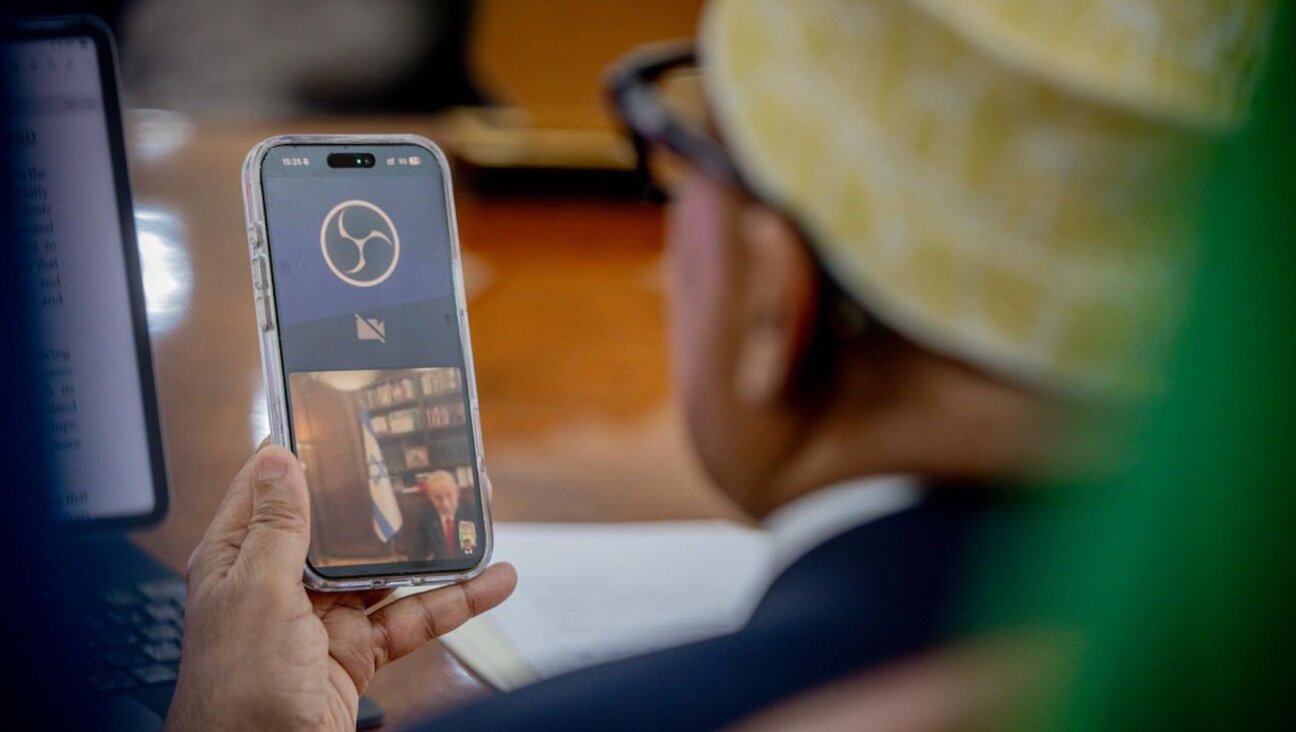Meditation Hits the Jewish Mainstream
On any given morning at the Solomon Schechter Day School of Greater Boston, a group of seventh- and eighth-graders can be found lying quietly beside one another on old baby quilts, basking in the stillness of meditation. New Age music plays softly in the background, while their teacher leads them through a series of calming breathing exercises in the dimly lit school library.
These are not students of the trendy, Madonna-sanctioned Kabbalah Centre, or even “JewBus,” as Jewish Buddhists are commonly termed. Instead, they are middle-school-aged students at a Conservative day school in Newton, Mass., learning a unique brand of decidedly Jewish meditation.
Jewish meditation has entered mainstream religious life. At day schools, congregational schools, synagogues and community centers throughout America, Jewish meditation is being taught alongside Hebrew, Talmud and Jewish literature as part of the standard educational offerings of Jewish institutions.
“It’s really moving into synagogues, JCCs and day schools. It’s moving into people’s lives,” said Rachel Cowan, the executive director of the Institute for Jewish Spirituality.
A New York-based nonprofit organization dedicated to fostering spirituality in Jewish practice, the institute has trained more than 100 rabbis and Jewish educators in Jewish mystical thought since its inception in 2000. Over the course of a two-year training program, participants study Kabbalistic texts and, as a central pillar of their training, they are taught Jewish meditation. This year, the institute graduated its first cohort of 32 Jewish educators, who teach at day schools, congregational schools and Jewish camps.
Rabbi Laura Geller of Temple Emanuel in Beverly Hills, one of largest Reform congregations in Los Angeles, participated in the institute’s first training program, which was launched with rabbis from across the denominations. Her experience with Jewish meditation — which, like all forms of meditation, can entail walking, sitting or even moving contemplation — profoundly changed her work as a rabbi, said Geller. Over the past five years, Geller has not only sent her cantor to the training program and instituted Jewish-meditation classes in her 900-family synagogue’s adult-education program but has also introduced contemplative silence into her regular services. She has also incorporated Jewish meditation into her own daily spiritual practice.
“Meditation is a technique, so what makes it Jewish is that I’m doing it with a Jewish intention, and sometimes with a Jewish mantra or image,” said Geller. “In the creation story, God rested and took a deep breath, so we are offering an opportunity to pay attention to that breath.”
Jewish meditation isn’t just taking hold on the West Coast, where New Age concepts are woven seamlessly into the cultural fabric. In northeastern Queens, a Conservative rabbi at the Marathon Jewish Community Center offers Jewish-meditation classes as part of his synagogue’s adult-education program. Rabbi Gary Greene, who first learned Jewish meditation in 1995 while on sabbatical at Yakir, an Orthodox learning institute in Jerusalem, offered classes at synagogues in Framingham, Mass., and Springfield, Mass., before taking the pulpit in Douglaston, Queens, three years ago.
About six students — from young professionals in their 30s to elderly congregants in their 80s — gather regularly with Greene to sit, stand and sometimes even eat contemplatively. For Rosh Hashana last year, Greene gave his students honey cake, which they observed with all five senses before attempting to chew the treat up to 100 times.
Last spring, Greene introduced his students to the Zohar’s “sefirotic tree” — the Kabbalistic notion that there exist 10 emanations of God, known as sefirot, which sprang forth to nourish the world. With each new meditation, Greene’s students focused on a different color associated with each of the sefirot, metaphorically climbing every branch of the mystical tree.
According to Greene, his classes appeal to students who want to tap into their spirituality in a distinctly Jewish way. “When I hold a meditation class, I attract a whole different group of people than those who would come to my regular Saturday-morning services,” said Greene. “It’s my job to open as many doors to Jewish life as possible.”
















